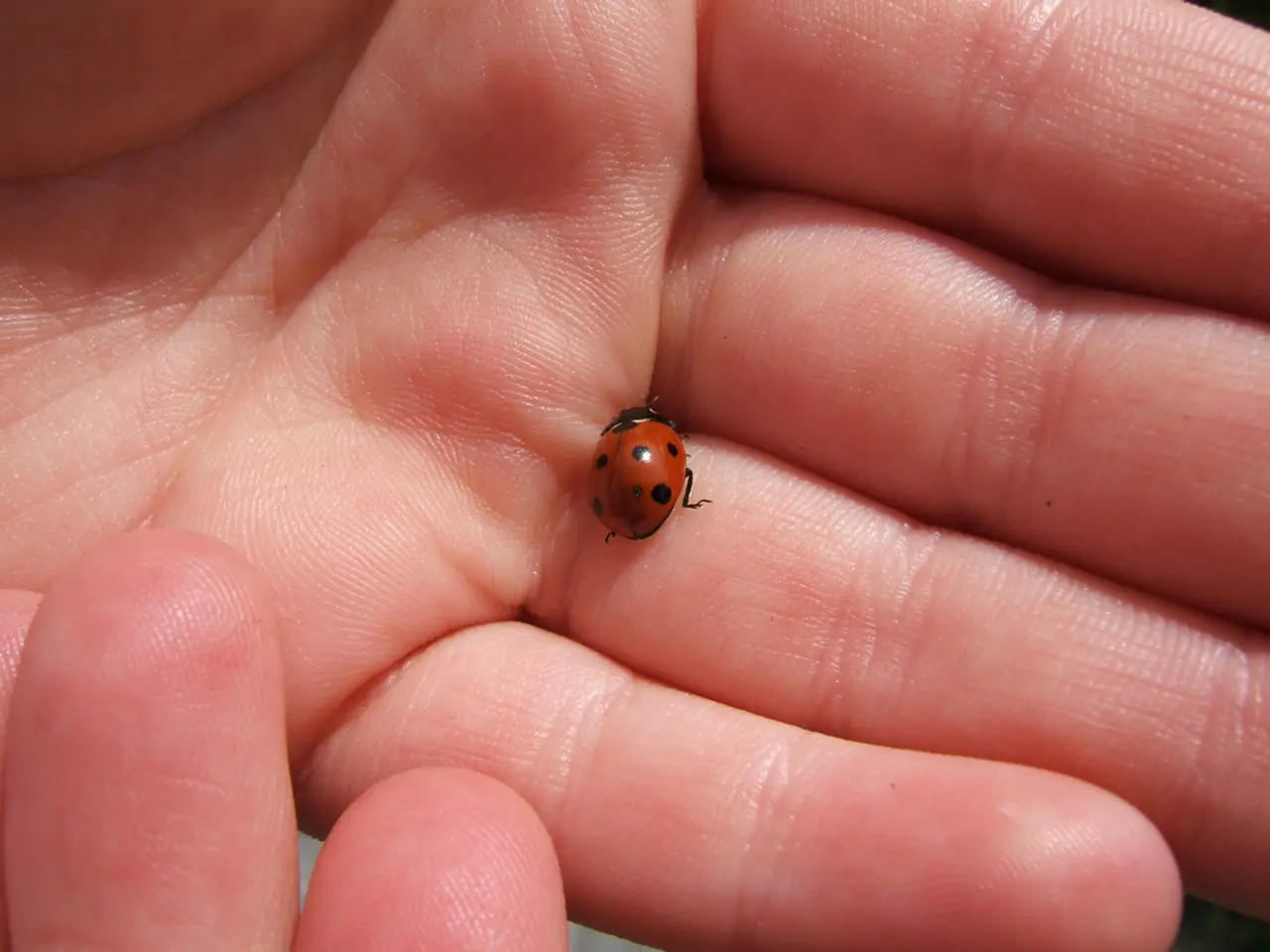Acute Cerebellar Ataxia: Causes, Symptoms, and Treatments
Acute cerebellar ataxia (ACA), also known as cerebellitis, is a brain disorder that affects both kids and adults. It causes sudden loss of coordination and balance, often triggered by viral infections or other causes.
ACA typically strikes children aged 2 to 7 but can also impact adults. It's characterised by rapid onset of symptoms such as stumbling, unsteady gait, slurred speech, and uncontrolled eye movements. Headaches and dizziness may also occur. Diagnosis involves neurological tests and imaging like CT or MRI scans. Causes range from viral infections like chickenpox to metabolic disturbances and toxic exposures. Treatment varies based on the cause, including surgery, medication, or dietary changes like a gluten-free diet.
ACA is a serious condition that requires prompt medical attention. Its causes are varied, and treatment depends on the underlying reason for the inflammation or damage to the cerebellum. Early diagnosis and appropriate treatment can help manage symptoms and improve long-term outcomes.






